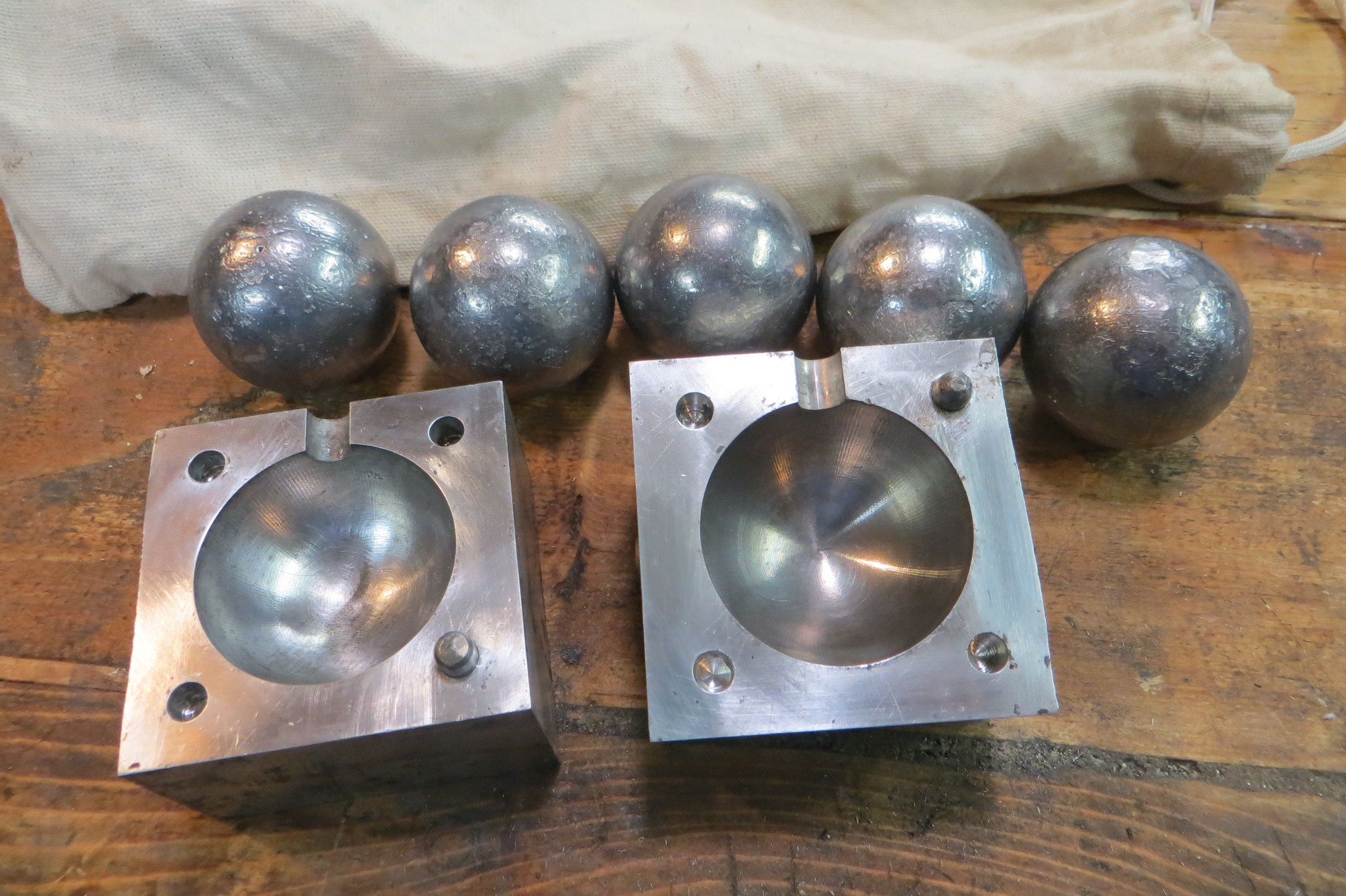I've recently started casting balls for my black powder guns and I've run into something that I'm trying to remedy. When casting .690 round balls I get these very noticeable striations on the surface. This doesn't occur when casting .445 or .375 round balls.
In all cases I'm using RCBS aluminum molds and lead from a 60 pound batch that was given to me by an acquaintance. (It's intended use was fishing weights.)
Other than the mold size all things are equal but most of the .690 balls have these striations. My thoughts are that I need to slow down and make sure that the mold is properly heated up again between each new pour.
I've not had the opportunity to cast since before the holidays but I'll be experimenting soon. Any suggestions would be appreciated.

In all cases I'm using RCBS aluminum molds and lead from a 60 pound batch that was given to me by an acquaintance. (It's intended use was fishing weights.)
Other than the mold size all things are equal but most of the .690 balls have these striations. My thoughts are that I need to slow down and make sure that the mold is properly heated up again between each new pour.
I've not had the opportunity to cast since before the holidays but I'll be experimenting soon. Any suggestions would be appreciated.





 IMG_1087
IMG_1087
